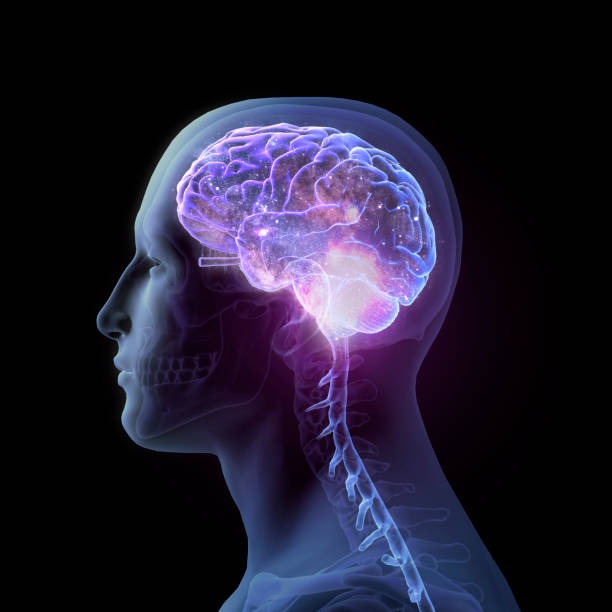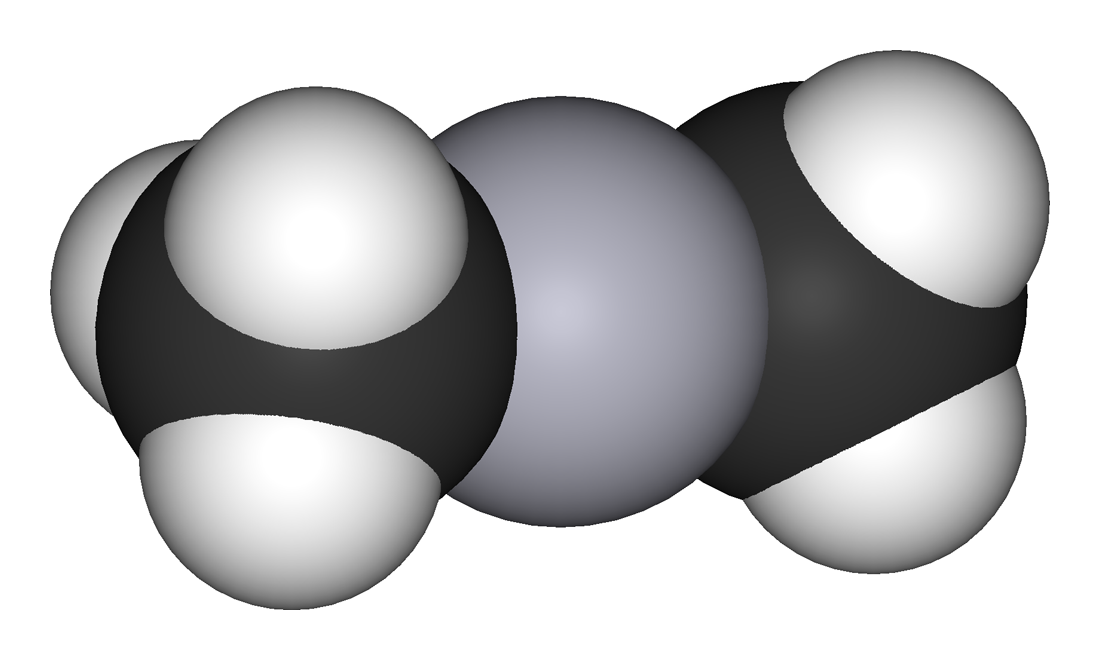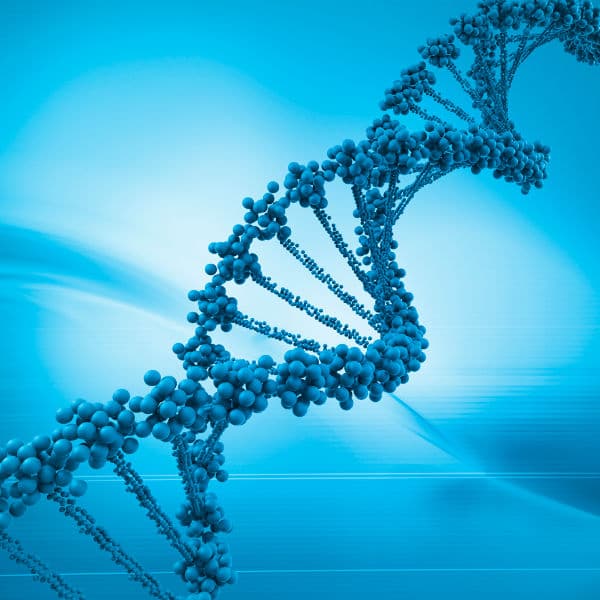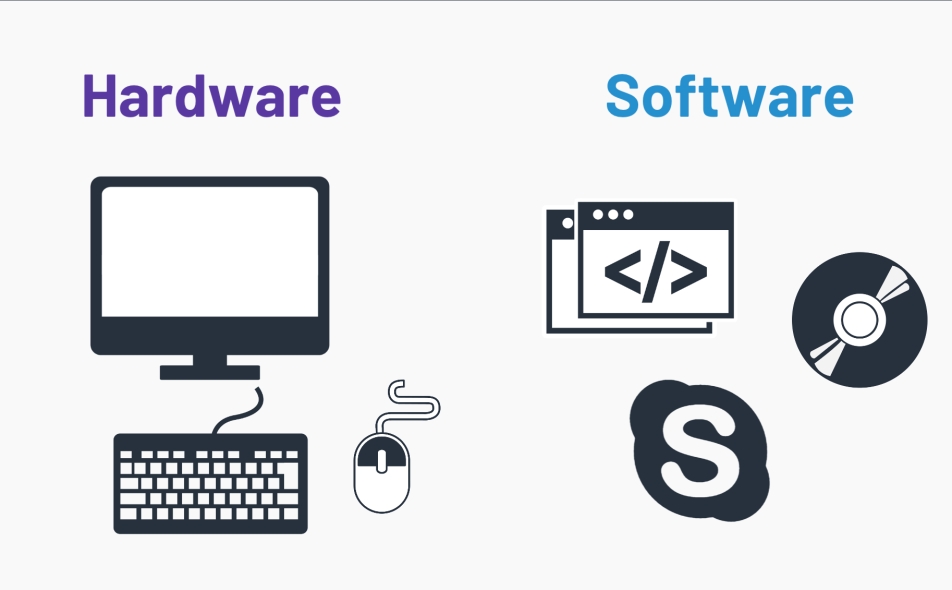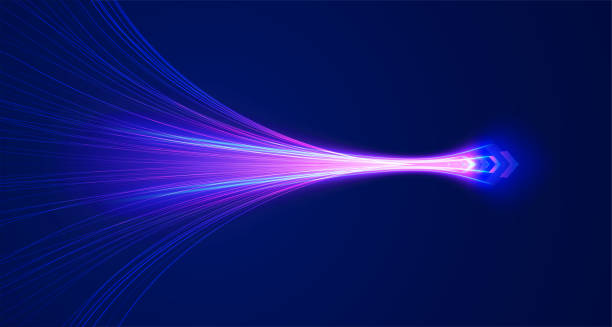Among all the questions humanity has ever asked, none is more intimate and bewildering than this: how does consciousness arise from the brain? Every thought, every sensation, every feeling of joy or sorrow that defines human life emerges from the same three pounds of biological matter resting inside the skull. Yet when we turn our gaze inward, the experience of being aware feels irreducibly different from the physical machinery that sustains it. Neurons fire, chemicals flow, and networks oscillate, but how do these electrochemical processes give rise to the redness of a rose, the taste of chocolate, or the pain of loss?
This puzzle—how subjective experience emerges from objective matter—has haunted philosophers, scientists, and poets alike for centuries. It is both the oldest of philosophical inquiries and the frontier of modern neuroscience. To ask about consciousness is to ask not merely how the brain works but what it means to be human. And despite remarkable progress in brain science, the enigma remains.
From Ancient Wonder to Modern Science
The mystery of consciousness is not new. Ancient civilizations wrestled with the idea of the soul, the self, and the seat of awareness. Egyptian texts placed the center of thought in the heart, while Greek philosophers like Plato and Aristotle debated whether the mind was distinct from the body or inseparably bound to it. Descartes, writing in the seventeenth century, famously declared a dualism of mind and matter, imagining consciousness as a non-material substance that somehow interacted with the physical brain. His assertion, cogito ergo sum—“I think, therefore I am”—remains one of the most iconic expressions of self-awareness.
Yet over time, the advance of science began to shift the debate from metaphysics to biology. The nineteenth century brought the recognition that the brain is the organ of thought, and neurological studies revealed that injuries to specific brain regions could disrupt speech, memory, or personality. Gradually, consciousness began to be framed not as a supernatural essence but as an emergent property of neural processes. Still, the central riddle remained: why does neural activity feel like something from the inside?
The Brain’s Living Architecture
To understand how consciousness emerges, one must begin with the architecture of the brain itself. Composed of roughly 86 billion neurons, each connected to thousands of others, the brain is an unimaginably complex network. These neurons communicate through electrical impulses and chemical signals, forming patterns of activity that encode information.
Neuroscience has revealed that different regions of the brain specialize in different tasks: the occipital lobe processes vision, the temporal lobe handles sound and memory, the frontal lobe orchestrates decision-making, and the parietal lobe integrates touch and spatial awareness. The thalamus acts as a relay hub, while deeper structures like the hippocampus and amygdala govern memory and emotion. Consciousness seems to emerge not from a single location but from the dynamic interplay of these interconnected regions.
Functional brain imaging allows us to peer into this living architecture, showing how networks light up during specific experiences. When you see a face, for instance, specialized cells in the fusiform gyrus respond. When you recall a memory, the hippocampus activates. Yet no single neuron or region explains the richness of conscious awareness. Instead, consciousness appears to be a property of the brain as a whole—a symphony in which countless instruments play together in coordinated harmony.
The Binding Problem: From Fragments to Wholeness
One of the key puzzles in understanding consciousness is known as the binding problem. Our sensory systems process information in parallel—color in one region, shape in another, motion in yet another. Yet our subjective experience is unified: we do not see a patchwork of attributes but a coherent image of a moving, colored object. How does the brain bind these separate signals into a seamless whole?
Neuroscientists suspect that synchronization plays a role. Neurons across different brain areas can oscillate together in rhythmic patterns, creating coherence across networks. These synchronized waves may allow disparate signals to align, forming the basis for unified perception. Still, the precise mechanism remains elusive. Consciousness feels indivisible, yet its neural underpinnings appear fragmented—a paradox that continues to drive inquiry.
Theories of Consciousness: Competing Visions
In the quest to understand how consciousness arises, several major theories have emerged. Each attempts to bridge the gap between neural activity and subjective experience, though none has yet achieved universal acceptance.
One influential framework is the Global Workspace Theory (GWT). According to this view, the brain contains many specialized processes running in parallel, but only some information becomes conscious when it is “broadcast” into a global workspace accessible to multiple systems. Consciousness, then, is the spotlight of attention, highlighting select information while leaving the rest in the dark.
Another contender is the Integrated Information Theory (IIT), which argues that consciousness corresponds to the degree of integration in a system. A conscious brain is one in which information is not merely processed but deeply interconnected, forming a unified whole greater than the sum of its parts. This theory even provides a mathematical measure, Φ (phi), intended to quantify the level of consciousness in any system.
A third perspective, the Recurrent Processing Theory, emphasizes feedback loops in neural networks. Consciousness arises not from feedforward sensory processing alone but from the recursive exchange of information across cortical regions. In this view, awareness emerges when signals are not only received but also reflected back and integrated.
Each of these theories captures part of the truth, and experiments continue to test their predictions. It is possible that consciousness may not be explained by a single principle but by a convergence of insights, each illuminating a different aspect of the mystery.
Consciousness and the Self
Beyond the mechanics of perception lies a deeper question: how does the brain generate the sense of self? Consciousness is not only awareness of the external world but also awareness of oneself as an experiencing subject. This inner narrative—the feeling that thoughts, memories, and emotions belong to “me”—is at the core of personal identity.
Neuroscience suggests that the self is not a fixed entity but a construction of the brain. Regions like the medial prefrontal cortex, posterior cingulate cortex, and temporoparietal junction are consistently active when we reflect on ourselves. These areas form what researchers call the “default mode network,” which hums in the background when the mind is at rest, weaving together autobiographical memory and self-reflection.
Yet the self is fragile. Disorders like depersonalization, in which individuals feel detached from their own body or identity, reveal how the brain’s machinery can fracture our sense of unity. Similarly, experiments with out-of-body illusions show that sensory manipulation can alter where we perceive the “self” to reside. These findings suggest that the self is not an ethereal essence but an ongoing performance of the brain—astonishingly convincing, yet ultimately constructed.
The Hard Problem and the Explanatory Gap
Even as neuroscience maps the neural correlates of consciousness, a philosophical challenge remains: why does neural activity produce experience at all? This is what philosopher David Chalmers has famously called the “hard problem” of consciousness. The “easy problems” involve explaining functions like attention, perception, or memory—tasks that can, at least in principle, be described in terms of information processing. The hard problem asks why such processing should feel like anything from the inside.
This explanatory gap remains one of the deepest mysteries in science. Some argue that future advances in neuroscience will gradually dissolve the problem, just as once-mysterious phenomena like life or fire were eventually explained. Others contend that consciousness may require a radical new framework, perhaps involving principles we have not yet discovered. Still others propose that subjective experience might be a fundamental property of reality, woven into the fabric of existence itself.
Consciousness in Other Minds
The study of consciousness inevitably raises questions about its presence beyond the human brain. Do animals experience the world subjectively? The evidence increasingly suggests they do. Studies reveal that many species—from chimpanzees to octopuses—exhibit behaviors consistent with awareness, problem-solving, and even emotions. The Cambridge Declaration on Consciousness in 2012 affirmed that non-human animals likely share the neural substrates that generate conscious states.
The question extends further: could machines one day be conscious? Artificial intelligence has made staggering progress, but whether advanced computation can ever give rise to subjective experience remains hotly debated. Some argue that if consciousness is tied to information integration, a sufficiently complex AI might one day cross the threshold. Others insist that no matter how intelligent machines become, they will remain empty simulations without inner life. The answer may force humanity to reconsider the very definition of consciousness.
Altered States and the Fluidity of Awareness
Consciousness is not fixed; it shifts and transforms under different conditions. Sleep, for instance, brings cycles of deep unconsciousness punctuated by vivid dreams. Psychedelic substances can dissolve the boundaries of self, producing experiences of unity or transcendence. Meditation practices, honed over centuries in spiritual traditions, can alter awareness, quiet the self, and reveal new dimensions of experience.
These altered states offer clues to the mechanisms of consciousness. They show that awareness is not a single, uniform condition but a spectrum shaped by brain chemistry and network dynamics. Studying these states may illuminate not only the biological basis of consciousness but also its potential plasticity, expanding our understanding of what the mind can be.
The Ethical Dimensions of Consciousness
Understanding consciousness is not merely an intellectual pursuit; it carries profound ethical implications. If animals are conscious, what responsibilities does humanity bear toward them? If patients in vegetative states retain islands of awareness, how should medicine respond? If artificial systems were ever to become conscious, what rights would they deserve?
Consciousness is the foundation of moral value, for it is the capacity to suffer, to feel, and to experience that makes beings worthy of ethical concern. The scientific study of consciousness, therefore, intersects with questions of justice, compassion, and the responsibilities of human society.
Toward a Science of Subjective Life
The study of consciousness today is advancing through a convergence of disciplines: neuroscience, psychology, philosophy, physics, and even computer science. Brain imaging technologies allow scientists to correlate neural patterns with subjective reports. Computational models simulate how networks might give rise to awareness. Philosophical analysis probes the logical structure of theories. Together, these efforts are gradually weaving a tapestry of understanding.
Yet the mystery is far from solved. Consciousness remains the frontier where science meets wonder, where the tools of measurement confront the ineffability of experience. Perhaps the ultimate answer will not be a single equation or principle but a new way of seeing, one that integrates the objective and the subjective into a more expansive framework of reality.
The Human Quest to Understand Ourselves
The question of how consciousness arises from the brain is not just an abstract scientific problem. It is a mirror held up to ourselves. To explore consciousness is to explore what it means to be alive, to love, to suffer, to imagine. It is to seek the roots of creativity, morality, and meaning. In this sense, the mystery of consciousness is not one puzzle among many—it is the ground from which all other human questions emerge.
Einstein once remarked that the most beautiful experience is the mysterious, the source of all true art and science. Consciousness itself is the ultimate mystery, and in seeking to understand it, humanity participates in the oldest and most profound of journeys: the attempt to know itself.
Conclusion: A Light in the Darkness
The brain is a universe of cells and signals, yet from its depths arises the shimmering light of awareness. We are matter that has become conscious of itself, atoms that dream and wonder. Science is gradually tracing the pathways of this transformation, but the heart of the mystery remains.
Whether consciousness will one day be fully explained, or whether it will always retain an element of mystery, it continues to inspire both humility and awe. It reminds us that the human mind is not only a tool for understanding the cosmos but also a cosmos unto itself—vast, intricate, and luminous.
To ask how consciousness arises from the brain is to confront the profound unity of biology and subjectivity, matter and meaning. It is to glimpse the extraordinary fact that in a silent universe, a spark of awareness has appeared and asks, endlessly, what it means to be.
